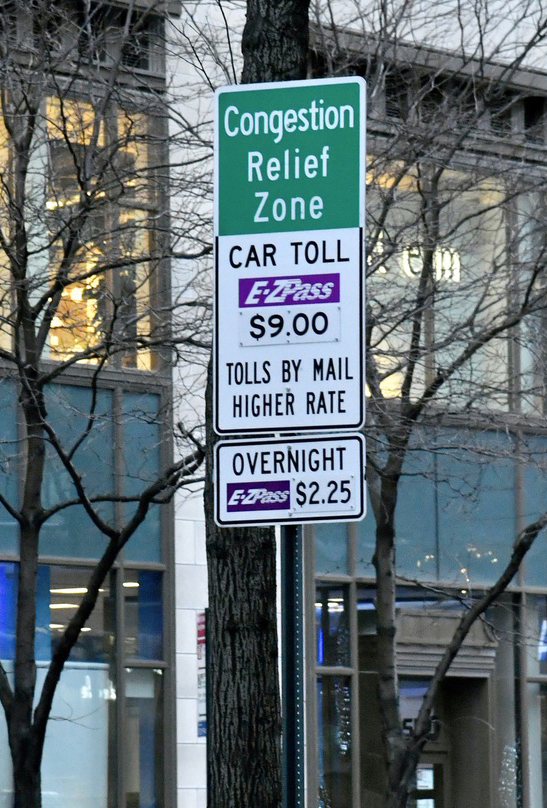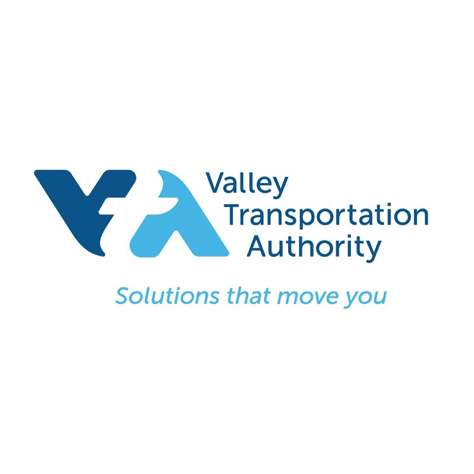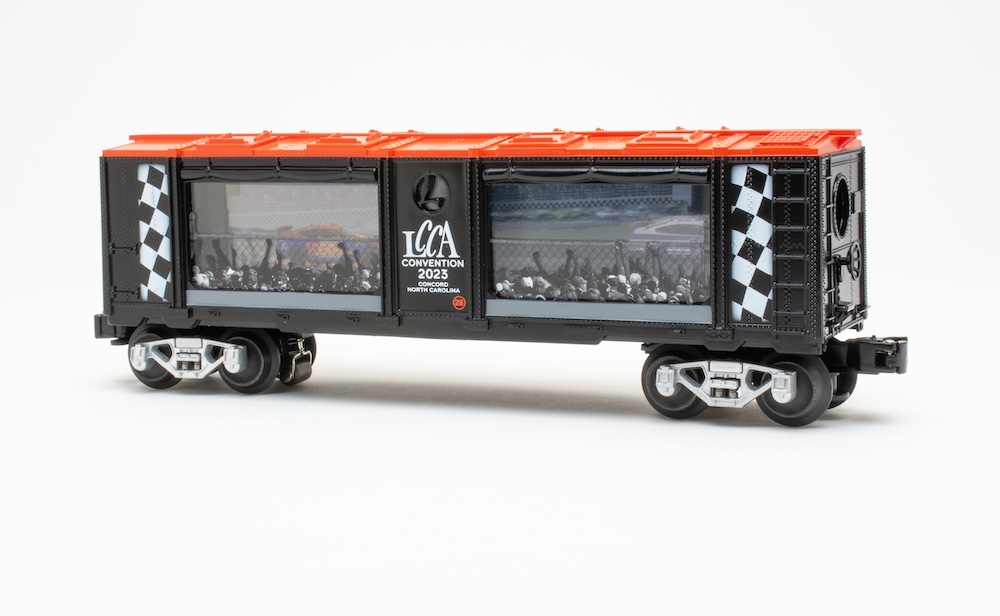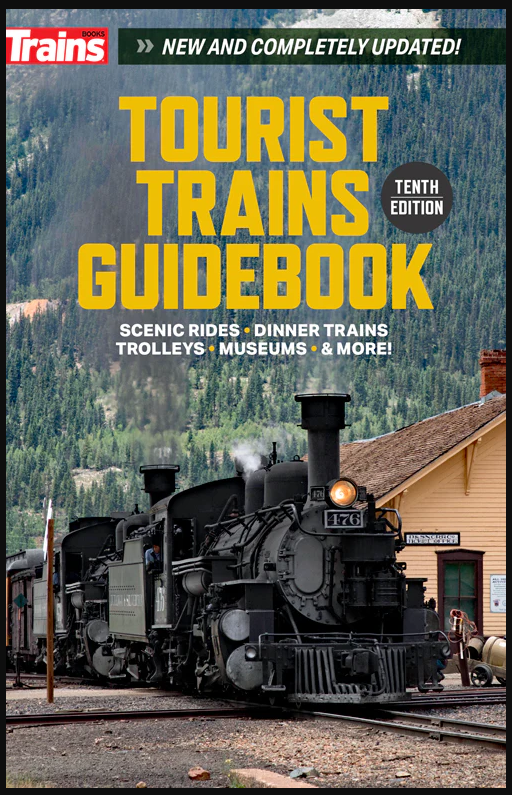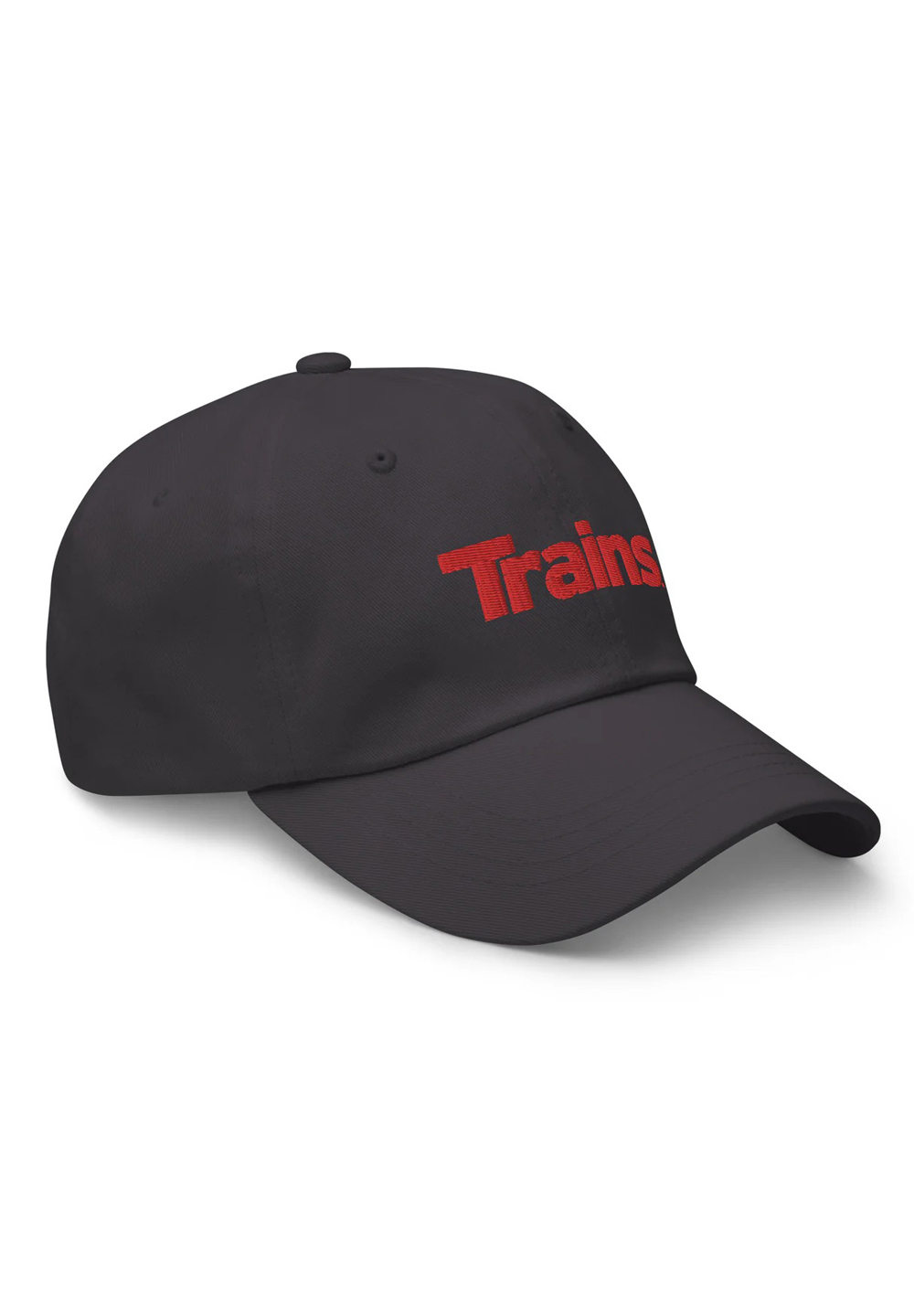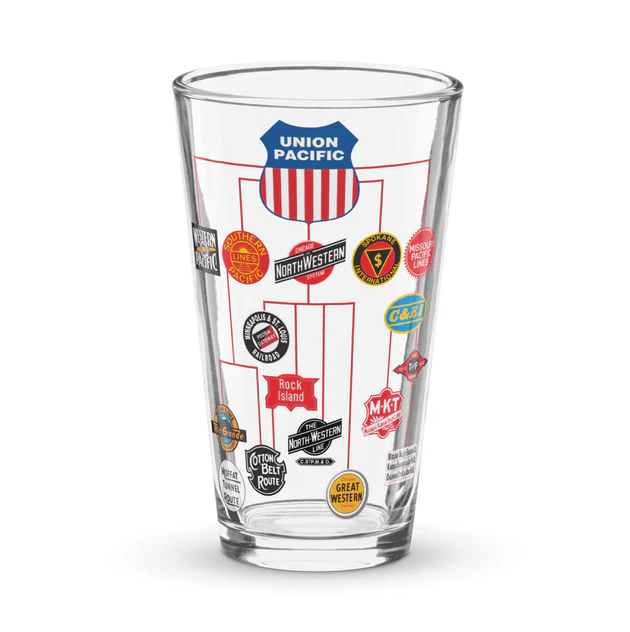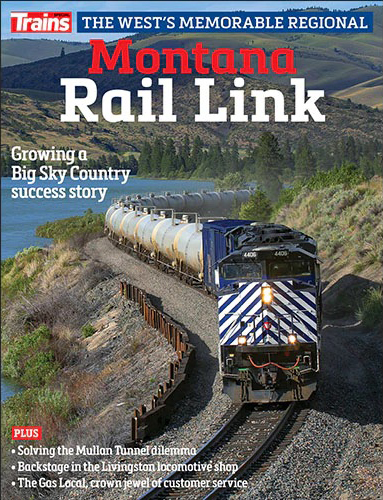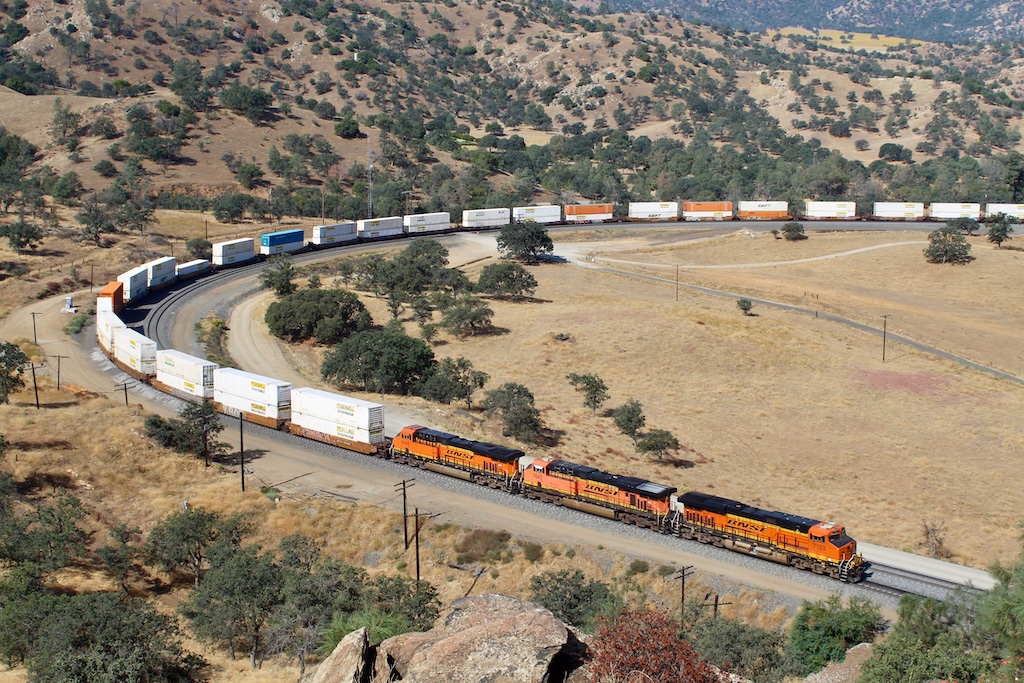
WASHINGTON — Every day Union Pacific and BNSF Railway trains battle gravity and curvature as they wind their way up and down the former Southern Pacific main line through the rugged Tehachapi Mountains of Southern California.
Now UP and BNSF are engaged in a different sort of fight: The railroads have been unable to come to terms on a new deal for BNSF’s use of the line. And so UP has brought a rare trackage-rights dispute to the Surface Transportation Board.
The two railroads filed their final briefs in the case this month. Barring a settlement, regulators will determine how much BNSF ultimately will pay UP for its continued use of the line that links Northern and Southern California.
UP says payments are so low under the current trackage rights agreement that it’s subsidizing rival BNSF’s operations. BNSF says UP’s proposed payment increases would significantly boost its costs and stifle competition.
“Through this proceeding, UP seeks to achieve through regulatory fiat what UP could never have achieved through private negotiations: a trackage rights compensation windfall and a dramatic increase in the costs of its competitor,” BNSF told the STB, adding the claim that the trackage rights dispute is part of a broader UP effort to curb competition.
UP disagrees.
“BNSF’s proposed … rental is below the $5.5 million rental accepted in a settlement more than 30 years ago by a financially weak Southern Pacific,” UP told the board. “Union Pacific’s proposed rental may appear large in relation to the current, very low rental, but … the new rental would not reduce BNSF’s or Union Pacific’s incentive or ability to compete vigorously for traffic moving over the Line—it would enhance competition by leveling the playing field.”
The precise trackage rights figures each railroad has proposed are redacted in their STB filings.
The two railroads agree that the matter should be settled based on an Interstate Commerce Commission decision that aims to put the trackage rights tenant in the same position as the track owner in terms of variable and fixed costs as well as a return on investment in the line.
But the railroads come to very different conclusions on the annual interest rental payment that BNSF should make to UP based on the current market value of the line. BNSF says UP’s proposal is 36 times higher than the current agreement and 22 times higher than what BNSF has proposed.
The sides are so far apart partly due to the way they look at the tunnel clearance projects that BNSF funded in the 1990s so the line could host double-stack intermodal trains.
BNSF says calculations for determining the line’s current value should exclude earnings from double-stack traffic, as outlined in agreements with UP. But UP says BNSF must pay interest rental based on the Tehachapi line’s fair market value calculated by all the traffic that moves over the route.
UP also says the rental payment should be adjusted for inflation annually. BNSF says UP’s formula erroneously counts inflation three times, which would only widen the gap between the two railroads’ rental rate proposals as time goes by.
BNSF claims that UP’s proposed rate for the Tehachapi route is higher than market-based rates in other areas where they share trackage. “This is a well-functioning market where previously BNSF and UP have voluntarily agreed to fee levels for joint operations that are mutually beneficial,” BNSF told the board.
UP counters that the rate reflects the higher traffic density of the Tehachapi route compared to others shared with BNSF.
Under conditions the STB imposed to preserve competition as part of the 1996 UP-SP merger, BNSF and UP have trackage rights agreements across the West. BNSF operates over 6,000 miles of UP track, while UP runs on 5,000 miles of BNSF trackage.
BNSF’s trackage rights over 67.8 miles of UP’s Mojave Subdivision are much older: They date to 1899. Southern Pacific opened the line in 1876. Rather than build its own line through the pass, the Atchison, Topeka & Santa Fe gained trackage rights through an 1899 deal with the SP. The agreement has been updated several times over the decades through both voluntary agreements and ICC orders.
UP says it should not be bound by “the terms of an ancient, expired, voluntary agreement.”
“ATSF’s long-ago decision to become Southern Pacific’s tenant does not mean Union Pacific must subsidize BNSF’s use of the Line by accepting a below-market return on its investment after the original agreement expired,” UP told the board.
UP filed the case in January 2023, seeking revision of a 1967 ICC order that established conditions for Santa Fe’s continued use of the line after the original agreement expired in 1961. UP argues that the interest rental provision no longer provides fair compensation for BNSF’s use of the line. The railroads last updated the interest rental provision of the trackage rights agreement in 1993.
“BNSF’s current rental is far too low, which is why an appropriate increase appears high,” UP argues. “Placed in the proper context—that is, in the context of competition between Union Pacific and BNSF for origin-to-destination business—the increased rental will modestly increase BNSF’s total operating expenses for traffic moving over the Line. BNSF offers no evidence the increased expenses will make it uncompetitive.”
BNSF says its trackage rights between Kern Junction and Mojave are a crucial part of its network on the West Coast.
“For over 125 years, the Kern-Mojave Line has served as a critical link in BNSF’s rail network. Today, the Line forms a part of the spine of BNSF’s north-south route through the state of California and the Pacific Northwest moving traffic along the I-5 corridor,” BNSF told the STB. “Any freight that BNSF moves between the Pacific Northwest and Central/Southern California, including traffic that moves beyond Southern California and travels across BNSF’s southern transcontinental route, must traverse the Kern-Mojave Line.”
BNSF sends about 20 trains over the line per day, including intermodal, merchandise, grain, automotive, and ethanol traffic. UP operates about 16 trains per day over the line.






